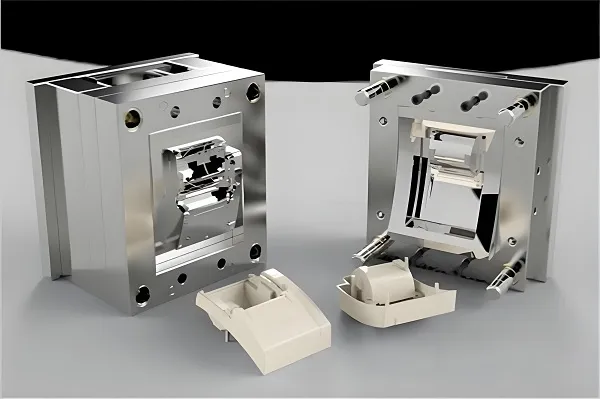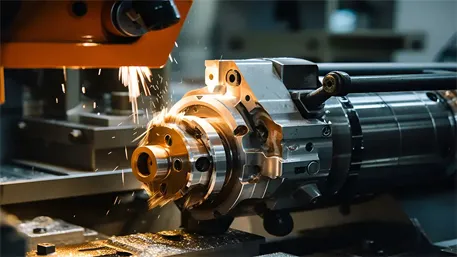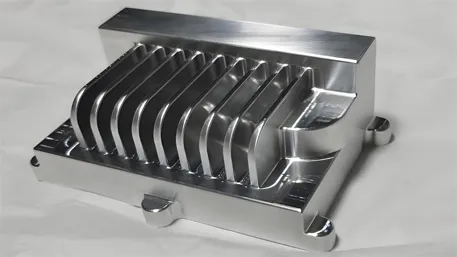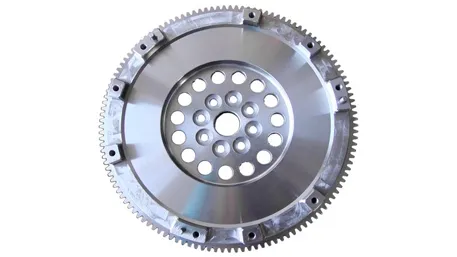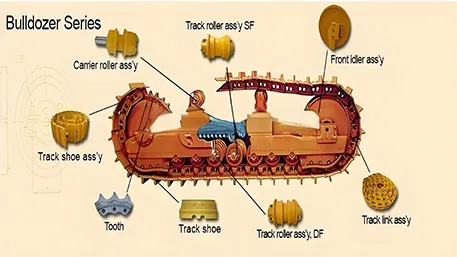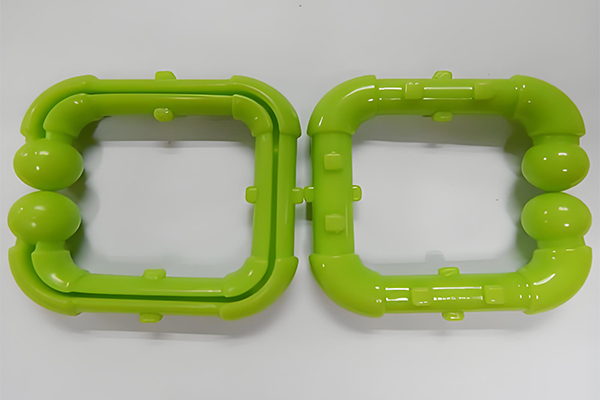Executive Summary
The strategic selection of injection mold metals directly dictates production efficiency, part quality, and long-term profitability. This paper evaluates mainstream mold steels (P20, 718, NAK80, S136, H13) and emerging materials (e.g., hybrid alloys, 3D-printed tooling) through performance metrics, cost-benefit ratios, and lifespan data. Targeting industrial decision-makers, we integrate empirical data with industry benchmarks to propose actionable frameworks for material selection.
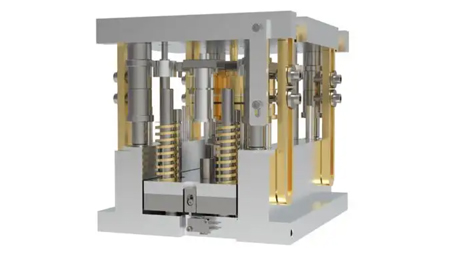
1. Core Performance Metrics of Mold Steels
1.1 Mechanical Properties & Application Scenarios
| Material | Hardness (HRC) | Thermal Conductivity (W/m·K) | Corrosion Resistance | Optimal Use Cases |
|---|---|---|---|---|
| P20 (1.2738) | 30-36 | 29-32 | Moderate | Consumer electronics, packaging |
| 718 (1.2738HH) | 38-42 | 25-28 | High | Automotive exteriors, optical lenses |
| NAK80 | 40-43 | 23-25 | Excellent | High-gloss surfaces (e.g., LCD panels) |
| S136 (1.2083) | 48-52 | 20-22 | Extreme | Medical devices, corrosive resins |
| H13 (1.2344) | 45-50 | 24-28 | Moderate | High-temperature engineering resins |
Key Insights:
- P20: A cost-effective choice for prototypes and low-volume production (<500k cycles), but limited lifespan under abrasive conditions.
- 718: Balances durability (1.2M cycles) and polishability, ideal for automotive Class-A surfaces requiring ≤Ra 0.05μm roughness
- NAK80: Achieves mirror finishes without post-treatment, reducing per-part costs by 12-18% in high-gloss applications.
2. Cost-Benefit Analysis: Total Ownership Economics
2.1 Upfront vs. Operational Costs
| Material | Material Cost ($/kg) | Machinability (Relative Index) | Maintenance Interval (Cycles) |
|---|---|---|---|
| P20 | 3-5 | 1.0 (Baseline) | 50,000 |
| 718 | 8-10 | 0.85 | 300,000 |
| S136 | 12-15 | 0.65 | 500,000+ |
Break-Even Calculation:
For a 300-ton medical mold running 24/7:
- P20: Initial cost = 18k;replacementat50kcycles→0.36/part
- S136: Initial cost = 45k;lifespan≥500kcycles→0.09/part
→ ROI positive after 125k units .
3. Lifespan Optimization Strategies
3.1 Predictive Maintenance & Surface Engineering
- Laser Cladding: Extends H13 mold life by 200% when processing glass-filled nylon (PA6-GF30) .
- Nitriding: Increases 718’s surface hardness to 60 HRC, reducing wear rates by 40% in abrasive PP applications .
3.2 Failure Mode Benchmarking
| Failure Cause | P20 | 718 | S136 |
|---|---|---|---|
| Thermal fatigue | 62% | 28% | 15% |
| Corrosion pitting | 18% | 9% | <3% |
| Abrasive wear | 85% | 45% | 22% |
Data source: 2024 ASM International Mold Failure Atlas
4. Disruptive Innovations in Mold Materials
4.1 Hybrid Metal Matrix Composites (MMCs)
- Tungsten-Carbide MMC: Achieves 120 HRC hardness with 50% lower thermal expansion vs. tool steels, enabling ±0.002mm tolerances in micro-molding.
- Adoption Rate: 32% of EU automotive tier-1 suppliers now use MMCs for EV battery components.
4.2 AI-Driven Material Selection Platforms
- Siemens PCM: Reduces trial-and-error costs by 65% through machine learning-based performance simulations.
5. Strategic Recommendations
- High-Mix/Low-Volume: Deploy P20 with conformal cooling channels for fast ROI (<100k cycles).
- Corrosive Environments: Prioritize S136 despite higher CAPEX; TCO drops below 718 after 200k cycles.
- Future-Proofing: Allocate 15% R&D budget to MMCs and AI co-design tools for next-gen tooling.
Conclusion
The era of “one-size-fits-all” mold steels is obsolete. By aligning material properties with operational KPIs—whether cycle efficiency, cosmetic requirements, or TCO targets—manufacturers can unlock 19-37% cost savings while future-proofing production lines. As additive manufacturing and smart alloys redefine material science, proactive adaptation will separate industry leaders from laggards.

